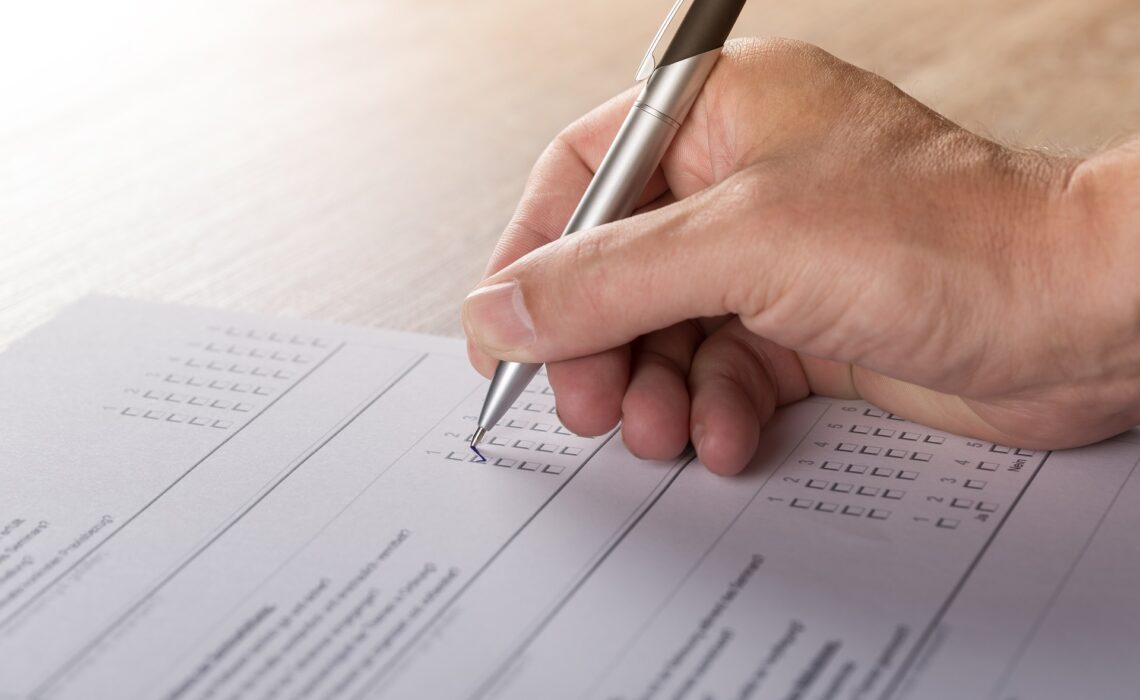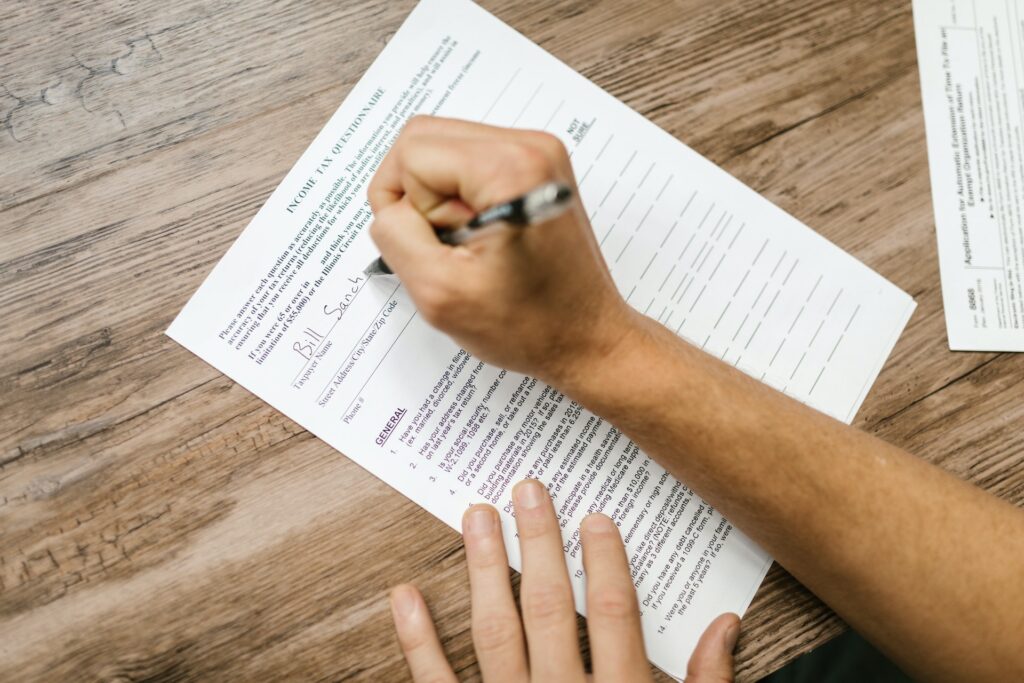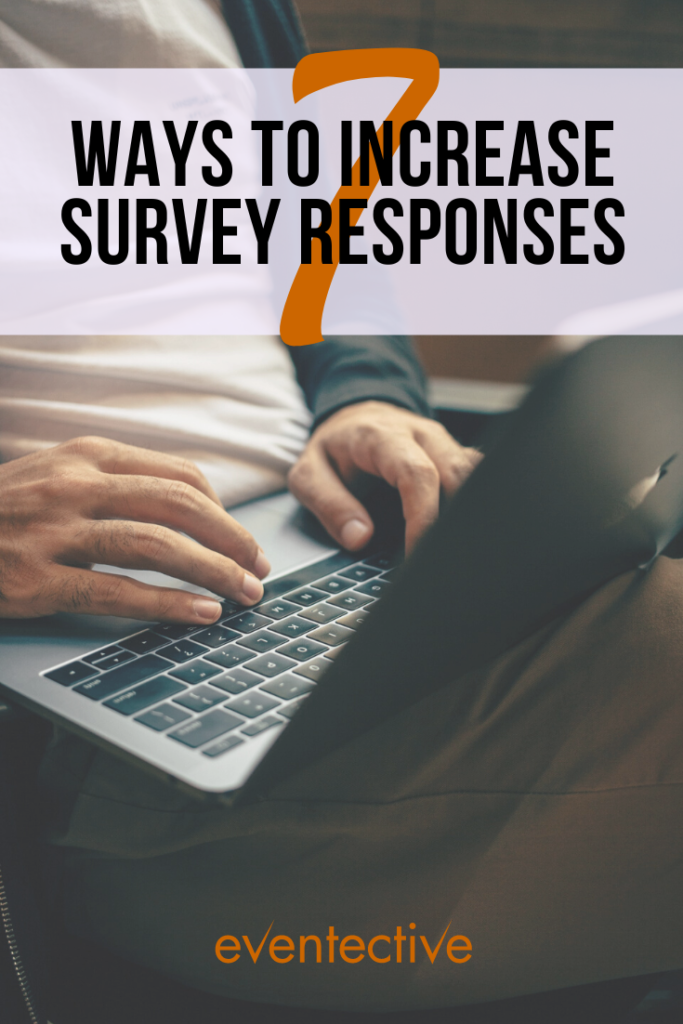
If you’ve ever attended an event, shopped online, or even visited your local bank, you’ve undoubtedly received a timely survey, asking for feedback on your experience. Maybe you fill the surveys out, and maybe you don’t. But when it’s your turn to send an attendee survey for your recent event, you understand just how tricky it is to get folks to fill one out. In this post, we’ll discuss seven simple ways to increase attendee survey responses for your next event.
Attendee surveys are a great way to gauge the success of your event and improve for future ones. Enough attendee data can even impact your budget and affect marketing needs. Getting event feedback isn’t always easy, though. In fact, only about 33% of surveys are filled out. Of course, that number is the average of a lot of factors, including industry type and survey format. But it’s still less than ideal, because you want to make improvement that will affect the most people–but one-third isn’t most.
So here are seven ways to increase attendee survey responses. Keep in mind that response rates will vary based on industry and the type of relationship you have with your attendees. (More trusted relationships lead to an increase in attendee survey responses.) And you might need to make adjustments over the course of a few surveys to get it right for your audience. But these are a great start–happy surveying!
1. Offer Incentives

In a perfect world, every attendee would complete a survey for free. But we don’t live in a perfect world. And sometimes, a little incentive can go a long way. There’s no one universal incentive that will work for every industry and every audience segment, so it’s important to customize your incentives to your attendees.
Bonus Tip: Make sure the incentives are cost-effective for you and your event goals and budget.
For example, would your attendees like a discount at a future event? Maybe they’d prefer a free product sample or trial. A regular ol’ Starbucks gift card might do the trick, too. Determine what your attendees want or need, and use that to encourage survey responses.
2. Send It Out ASAP
Don’t wait to send your attendee survey! If you send the survey while the event is still fresh in your attendees’ minds, you’ll get higher quality, more accurate feedback. Again, the when will be based on your event structure, your bandwidth, and your audience. Some prime survey times include during the post-event cocktail hour, a few hours after the event has ended, or the following day. On most survey platforms, you can even schedule an email ahead of time. That way, you don’t have to remember to click Send at exactly 7 p.m. Just make sure that scheduled send time is as soon as possible!
3. Market It Ahead of Time

Let your attendees know that the survey is coming so they’re ready for it. This accomplishes two things. First, you won’t be surprising your attendees or catching them off guard. That kind of open communication and expectation-setting fosters the trust they have in you. Second, it gives everyone time to reflect on the event while they’re at the event. Instead of trying to remember something specific that happened yesterday, they can make mental or physical notes in real time. This results in better answers for you and a more engaged experience for your audience.
If you really want to capitalize on in-the-moment reflection, you can make the survey live during the event and display anonymous feedback throughout the venue. It will entice the other attendees to check the survey out. Keep in mind, though, that this works best in open format events. It would probably be more distracting for speaker-oriented or small-group events.
4. Keep It Short
We know that shorter surveys give you better response and completion rates. But we also know that, unfortunately, there’s no magic number of questions for the perfect story. (Are you seeing the theme here?) If you’ve been sending out long surveys, think about removing a few questions. In general, 4-6 questions is a good length, but again, you should always consider your audience.
Bonus Tip: Keep the question text short, too. Shorter questions make the survey feel shorter.
Whether or not you can trim your survey to six questions or fewer, you can certainly change the types of questions that you ask. Surveys with varied question formats also have better response rates. Don’t include too many open-ended questions. Instead, mix in some rating scale questions, slider questions, and multiple choice questions. This adds diversity to your survey and makes it feel shorter.
5. Use the Right Platform

The right platform will be easy for attendees to access, can be personalized by your organization, and will always be mobile friendly. If you don’t already have a favorite platform, popular ones include Typeform and SurveyMonkey. Both platforms offer flexibility, but you should of course conduct your own research and test out any platform before committing.
You also want the survey to match the theme of your event, and the right platform will let you do just that. For example, if you’re a forward-thinking tech company looking for feedback on your latest product launch, the survey should be forward-thinking, too. Maybe it has a new-age feel to it or it’s in all white. On the other hand, if you’re hosting a non-profit fundraiser, your survey should be simple with few frills, with maybe just the organization’s logo and brand color.
6. Share Event Data
Your post-event survey isn’t just a way to gather feedback. It’s also a way to share important highlights with your audience. How many people attended your event? What product do they use the most? Was this their first event? Pick data points that are relevant to your audience and share them. This shares the event’s success with your audience while connecting them to the bigger role the played.
7. Nurture Your Relationship
Don’t think of your survey as a one-way street. No relationship is one way, and every touchpoint is a chance to nurture your relationship. In your survey, thank attendees right away for attending their event. You can do this in the invite email (or text, social post, etc.) as well as at the top of your survey, before any instructions.
Then, thank them at the end of your survey. Typically, this is done via a simple landing page that the attendee visits after they click Submit on the survey. Here, you can thank them–this time for filling out the survey. And you can share images from the previous event or inform them about future events. It’s one more way to foster a relationship without only thinking about what the attendee can give you. After all, without attendees, you wouldn’t have an event! At least not a successful one.
Conclusion

There’s no one-size-fits-all for an event survey, but there are plenty of ways to increase attendee survey responses. When you start planning your next event, include the survey as part of the process. Use the event to inform the content and the format of the survey. Then use your attendees for the rest! When would they want to receive the survey? What information can the survey give them? Close it with a thank you–and don’t forget to keep it short.
Do you typically fill out surveys after an event? What about customer feedback surveys?

